Top Things to Know Before Buying Water Plants for Your Indoor Oasis
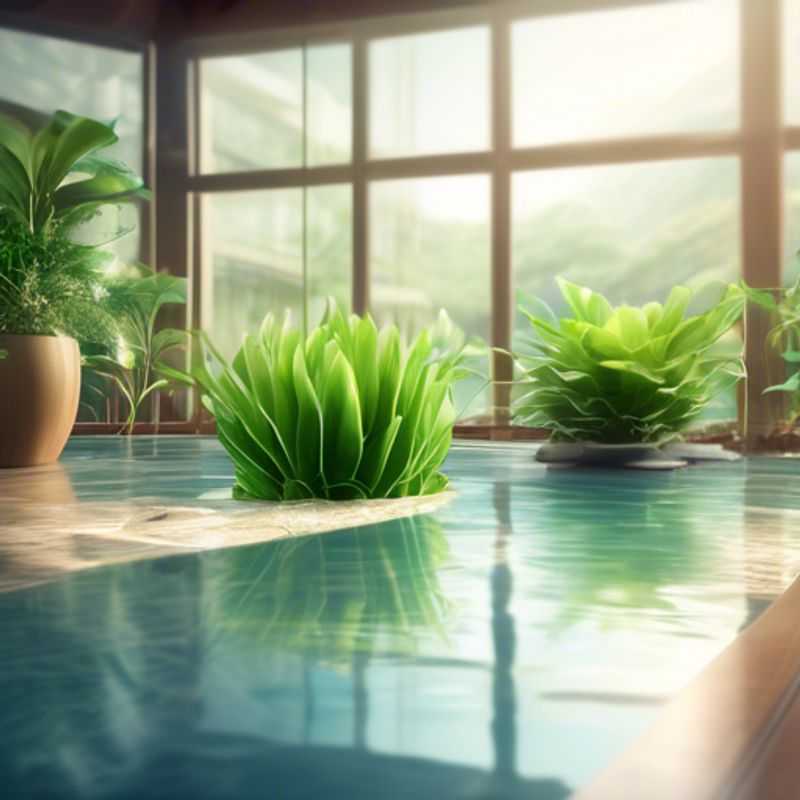
Top Things to Know Before Buying Water Plants Indoor: Sizing Your Space, Lighting, Maintenance, Water Conditions, Equipment, Growth Habits, and Pest Awareness
Bringing the serenity of nature indoors with water plants is a fantastic idea. But before you dive into the watery world, here are some crucial things to consider:
1. Space is the Place:
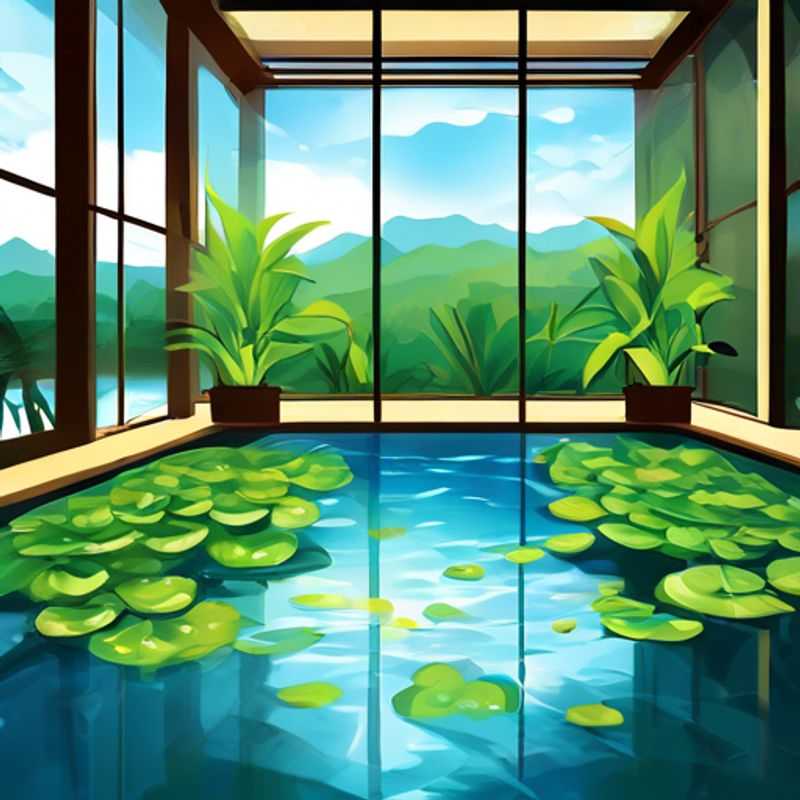
Measure Up: Choosing the Right Water Plants for Your Indoor Space
Choosing the right water plants for your indoor space depends on the size of your space and the amount of light it receives. Smaller spaces are better suited for smaller plants, while larger spaces can accommodate larger and more vibrant plants.
To accurately determine the size of your indoor space, you should measure the length, width, and height of the room or area where you plan to place your water plants. Consider the overall aesthetic and whether you want a lush, full display or a more minimalist approach. Take note of existing furniture and objects that might restrict space. You can also consider using a floor plan to visualize the space and its potential layout.
When choosing water plants for your space, pay attention to their growth habits and mature sizes. Small plants, such as dwarf water lilies or certain types of moss, are ideal for smaller aquariums or terrariums. Larger plants like Amazon swords or water hyacinths might require larger tanks or ponds to thrive.
Remember that you may need to consider the cost of purchasing the plants and any necessary equipment, such as tanks, filters, and lighting. Always research the specific care requirements of each plant before purchasing. This will help you ensure that you can provide the proper environment for your plants to flourish.
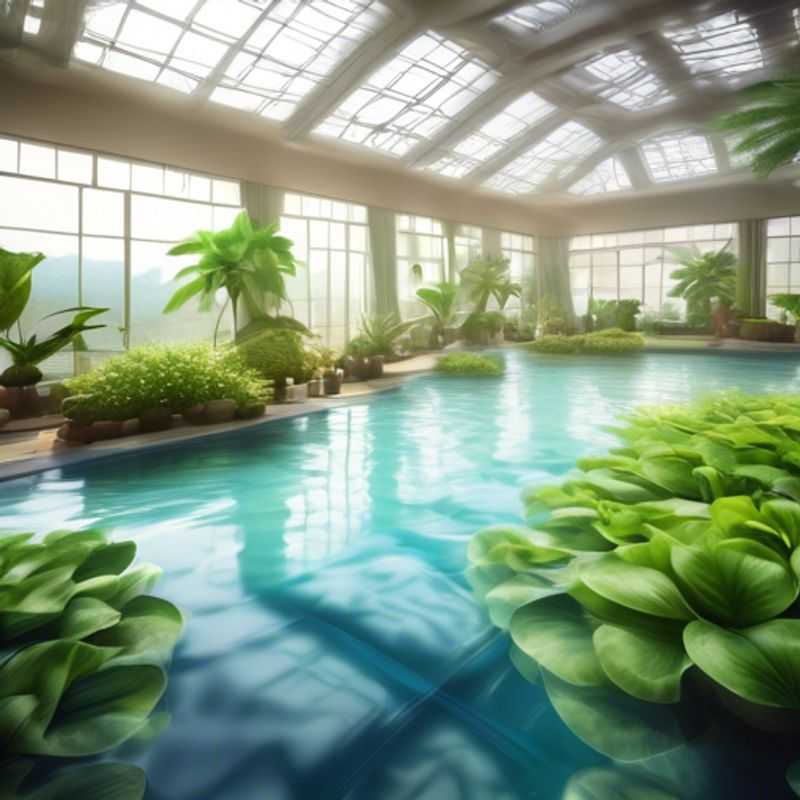
Light Up Your Aquarium: Choosing the Right Lighting for Your Water Plants
Understanding the lighting requirements of your water plants is crucial for their health and growth. Different plants thrive under varying light intensities and durations. To determine the ideal lighting for your specific water plants, research their individual needs.
Start by identifying the plants you want to grow. Once you know the species, research their lighting preferences online or through aquarium books. Some plants, like Anubias and Java Fern, are low-light plants, while others, like Hygrophila and Ludwigia, require high-light conditions.
Pay close attention to the terms "low-light," "medium-light," and "high-light". These terms indicate the approximate light intensity your plant needs. You can use these terms to guide your choice of light fixtures and adjust the distance of the light source from your aquarium to achieve the desired intensity.
Light duration is also crucial. While some plants thrive on just a few hours of light per day, others need 10-12 hours. Researching the specific duration required for your plants will ensure optimal growth. It’s important to provide consistent light schedules to avoid stress on your plants.
Consider using a light timer to automate the light cycle and ensure consistent light duration for your plants. This will help maintain a regular schedule for your plants and make it easier to manage your aquarium.

Don't Forget the Care: Maintenance Needs for Your New Plants
When considering the maintenance needs of your garden, you need to factor in essential tasks like water changes and pruning. These tasks are crucial for the health and vitality of your plants. Water changes are important for maintaining the optimal water quality for aquatic plants, while pruning helps to remove dead or diseased branches, encourage new growth, and maintain the desired shape of your plants.
Remember that the frequency and intensity of these maintenance tasks will vary depending on the specific plant species and growing conditions. Regular monitoring of your garden is key to identifying any issues early on and taking appropriate action.
By diligently tending to these tasks, you can ensure the long-term health and beauty of your garden. Consider the following for specific maintenance tasks:
Water changes: The frequency of water changes depends on the type and size of your pond or water feature. Generally, a partial water change of 25-50% every week to two weeks is recommended.
Pruning: Different plants have different pruning requirements. Some plants may need to be pruned regularly throughout the growing season, while others only need a single pruning in the spring or fall.
Other maintenance tasks may include weeding, fertilizing, pest control, and disease management. Regular observation of your plants will help you determine the best maintenance schedule for your specific garden.
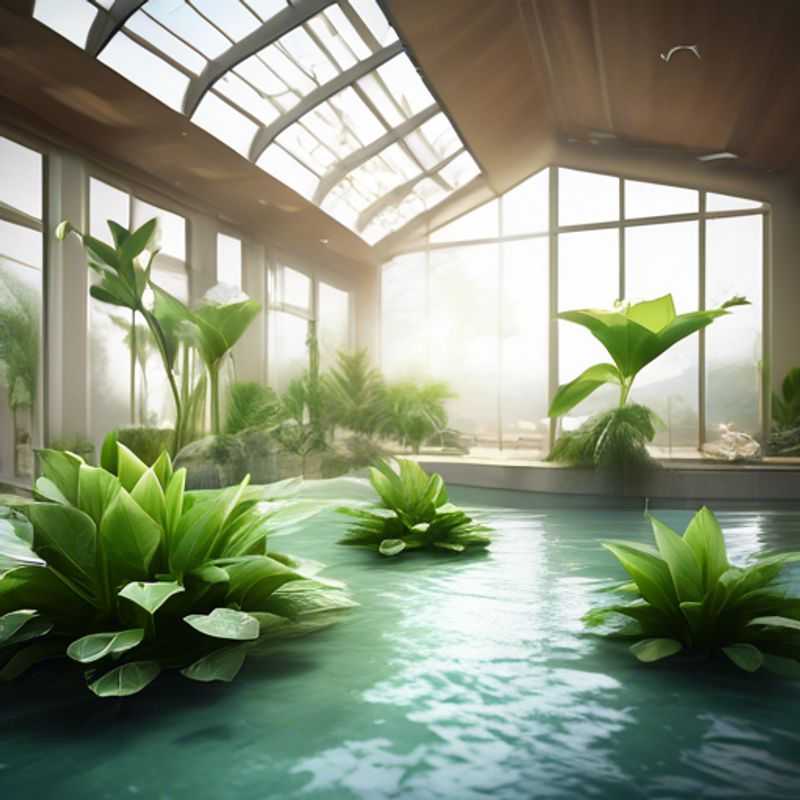
Happy Plants, Happy Home: Understanding Water pH and Temperature Preferences
Maintaining the correct water pH and temperature is crucial for the health and growth of your water plants. Each species has specific preferences, so it's essential to research the ideal conditions for your plants.
Water pH refers to its acidity or alkalinity, measured on a scale from 0 to 14. Most aquatic plants thrive in slightly acidic to neutral pH levels, around 6.5 to 7.5. However, some species might prefer slightly higher or lower pH values.
Water temperature is equally important. Most aquatic plants prefer temperatures between 72°F and 82°F (22°C to 28°C). However, some species might tolerate colder or warmer temperatures.
You can test your water pH and temperature using readily available kits from aquarium supply stores. If your water parameters are not within the ideal range, you can adjust them using pH buffers, dechlorinators, and heaters or chillers. It's important to make gradual adjustments to avoid stressing your plants.
Remember, maintaining the right pH and temperature is crucial for the overall health and well-being of your water plants. Regularly monitoring these parameters and making necessary adjustments can significantly improve your plants' growth and vibrancy.
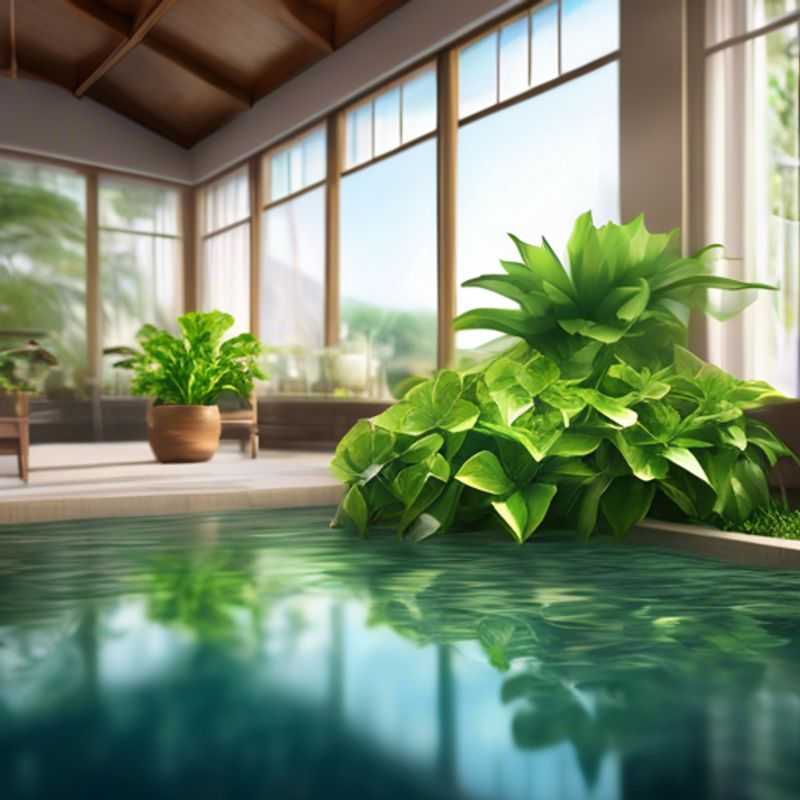
Get Equipped for Success: Choosing the Right Container and Substrate
Choosing the right equipment for your project is crucial for success. Start with a suitable container. This might be a standard grow tray, a repurposed bucket, or a specialized hydroponic system. Make sure it's the right size for your needs and has proper drainage.
Next, consider the substrate. This is the growing medium your plants will use. Common options include soil, coco coir, rockwool, and hydroton. Each has its own benefits and drawbacks, so choose one that aligns with your specific requirements.
For example, if you're growing tomatoes, you might opt for a large container with a well-draining soil mixture. However, if you're starting seeds, you might use small starter trays filled with seed-starting mix.
Remember that different plants have different needs. Research the specific requirements of your chosen plants before making any equipment purchases. This will help you ensure you're providing them with the best possible environment for optimal growth.
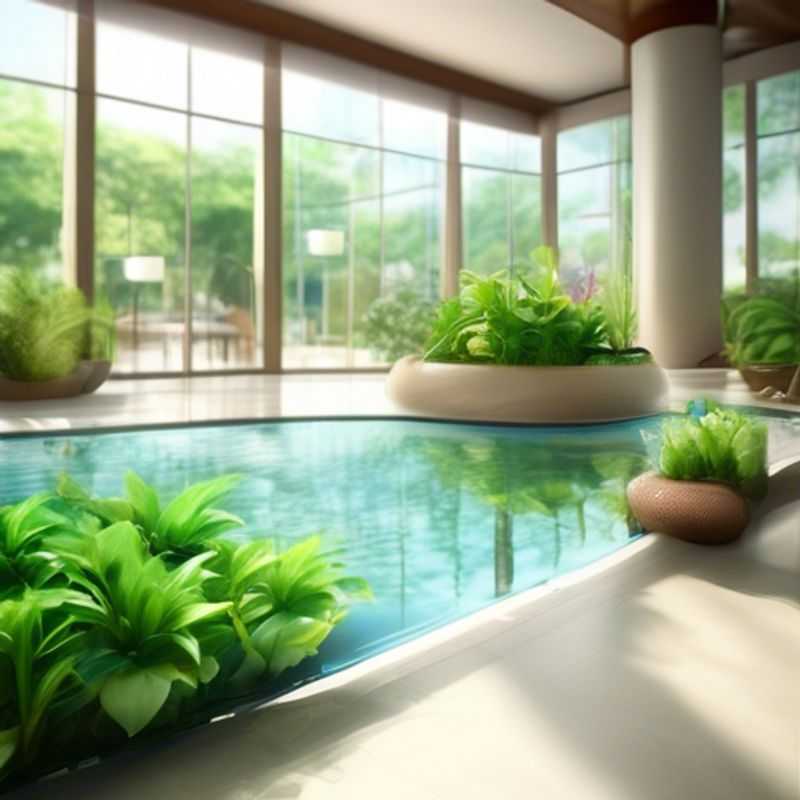
Designing Your Water Garden: Understanding Plant Growth Habits
Knowing the growth habits of water plants is crucial for a successful pond layout. Consider factors like light requirements, water depth, and growth rate.
Sunlight is a critical factor. Some water plants need full sun, while others thrive in partial shade. Water depth is also important. Some plants prefer shallow water, while others need deeper water.
Growth rate varies significantly. Fast-growing plants can quickly overcrowd a pond, while slow-growing plants might take longer to fill the space. Consider plant spacing to avoid overcrowding and maintain balance.
Remember, researching the specific needs of each plant you choose is essential. You'll want to choose plants that complement each other and provide a visually appealing and healthy environment for your pond.
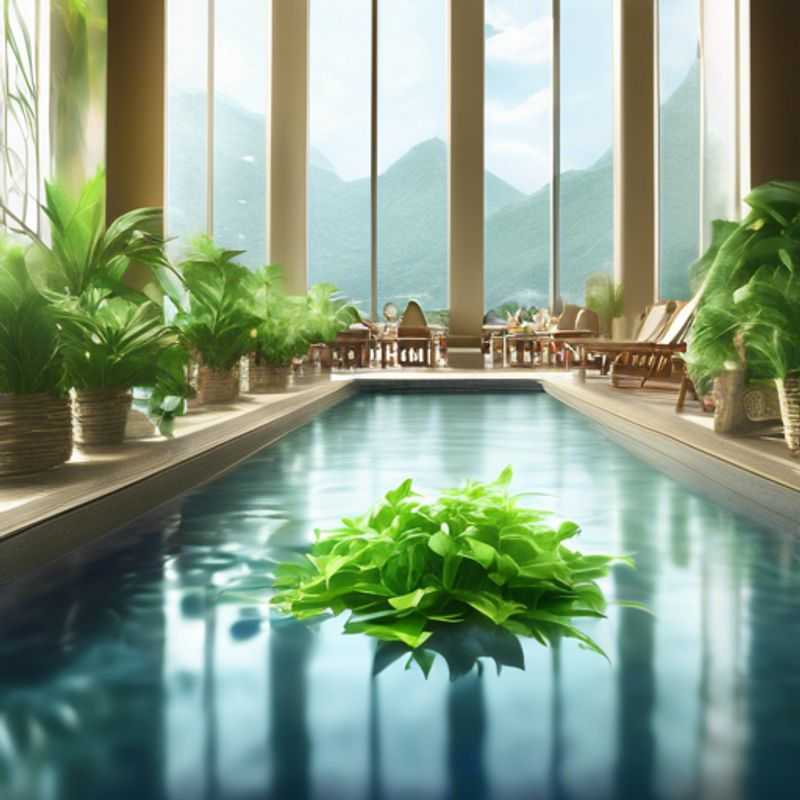
Know Your Enemy: Common Pests and Diseases of Indoor Water Plants
Indoor water plants, while beautiful and low-maintenance, can be susceptible to pests and diseases just like their terrestrial counterparts. To keep your plants thriving, it's crucial to be aware of common issues and how to address them.
Fungal Diseases are prevalent in humid environments. Look out for signs like brown or black spots, wilting, or root rot. Proper aeration and avoiding overwatering can help prevent these issues.
Bacterial Diseases are less common but can cause soft, mushy areas on leaves or stems. These often require discarding the infected plant to avoid spreading.
Pests, like aphids, mealybugs, and spider mites, are attracted to the moist environment. Regular inspection and early intervention are key. You can manually remove pests or use a diluted insecticidal soap solution.
Prevention is always the best approach. Choose healthy plants from reputable sources, avoid overwatering, and ensure adequate airflow around your plants.
Early Detection is critical. Regularly inspect your plants for any changes in appearance or behavior. Early intervention can save your plants from further damage.
